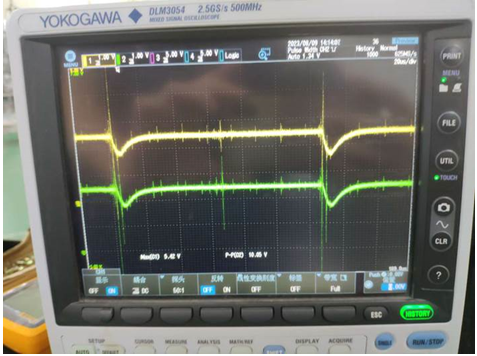Other Parts Discussed in Thread: TLV9102, TLV9302
Hi team,
I am Mitsubishi FAE Lillian, nice to meet you~
Now we met an issue when use LM358BIDR in elevator application need your support.
Please specify: 1. Is this phenomenon normal? 2. Under what conditions does this phenomenon occur? 3. How to improve?
When Mitsubishi recently investigated the problems of mass-produced driver boards, they found the following phenomena. Many elevators have this phenomenon fail probability>90% , so Mitsubishi R&D considere this is a common problem. Please help analyze the reason, thank you!
In the schematic diagram below, when the traction machine (motor) is running, the waveforms of C120 and C260 are normal, the waveforms at both ends of R246 will drop to 0V abnormally, and the waveforms at both ends of C102 will drop slightly.
The drop width is 10us, and the occurrence period is 62.5us (16KHz). The PIM module is driven at the same frequency (8KHz), and the frequency of abnormal drop occurrence is consistent with the on-off frequency of the module, which coincides with the rising and falling edges of on-off.
U47 and U29 are TI's LM358BIDR operational amplifier chips. After replacing them with chips from other manufacturers, the abnormal drop disappeared.
Or connect a 1nf capacitor in parallel with R246, and the drop will disappear.
(OLR_A is connected to E_OLR_A through the DM plug-in in the figure below, and the waveform at both ends of R246 does not change when the plug-in is disconnected)
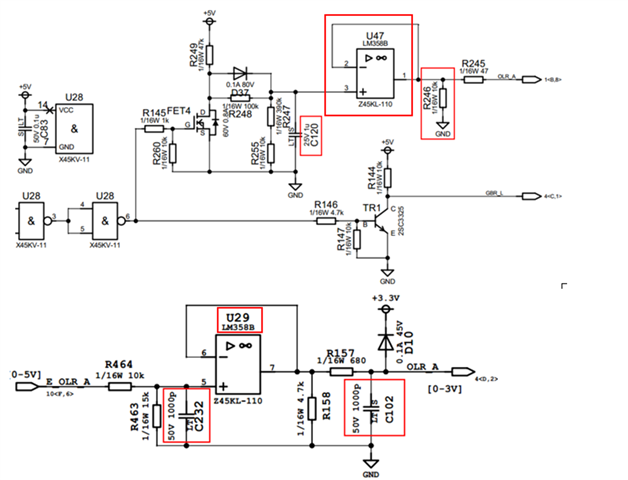
Normal waveform: DC voltage with 16KHz interference

Abnormal waveform: DC voltage, with 16KHz abnormal drop, 10us width, will cause MCU misjudgment;
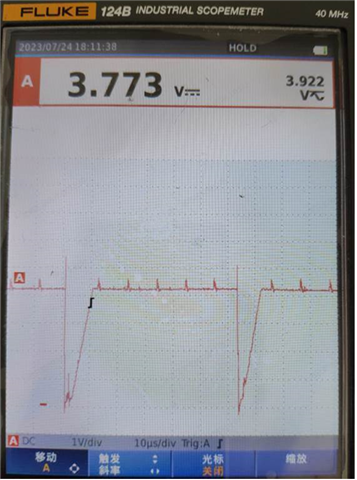
Abnormal waveform: The waveform of one of the elevators C120 dropped slightly
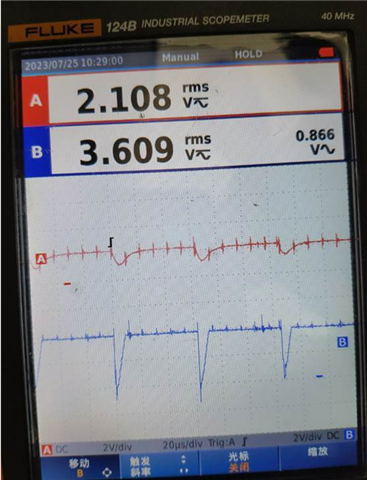
In addition, U47 and U29 are all use 12V supply.
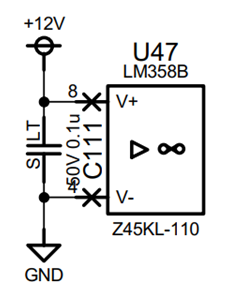
Thanks
Lillian




